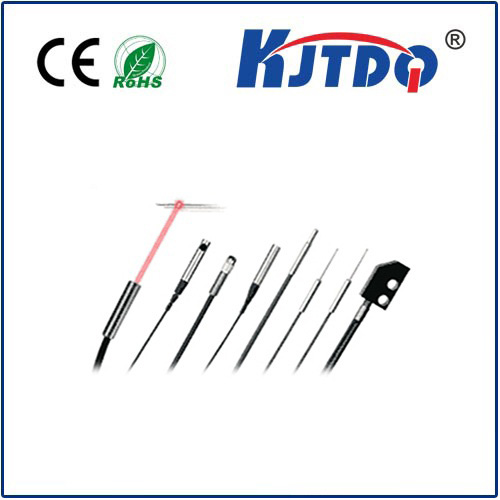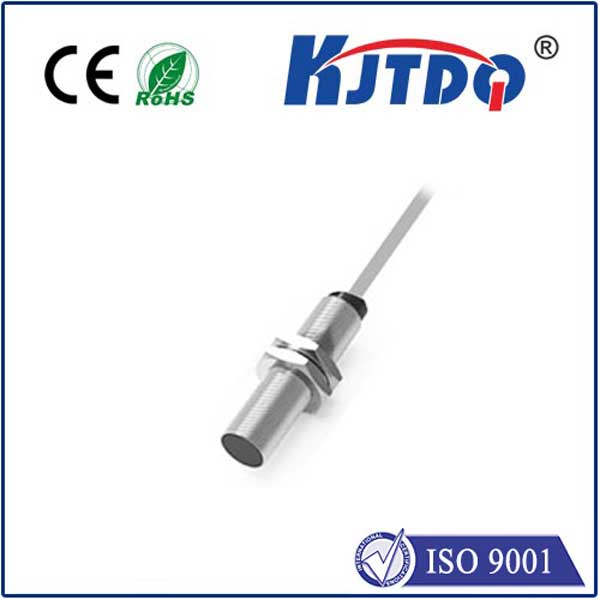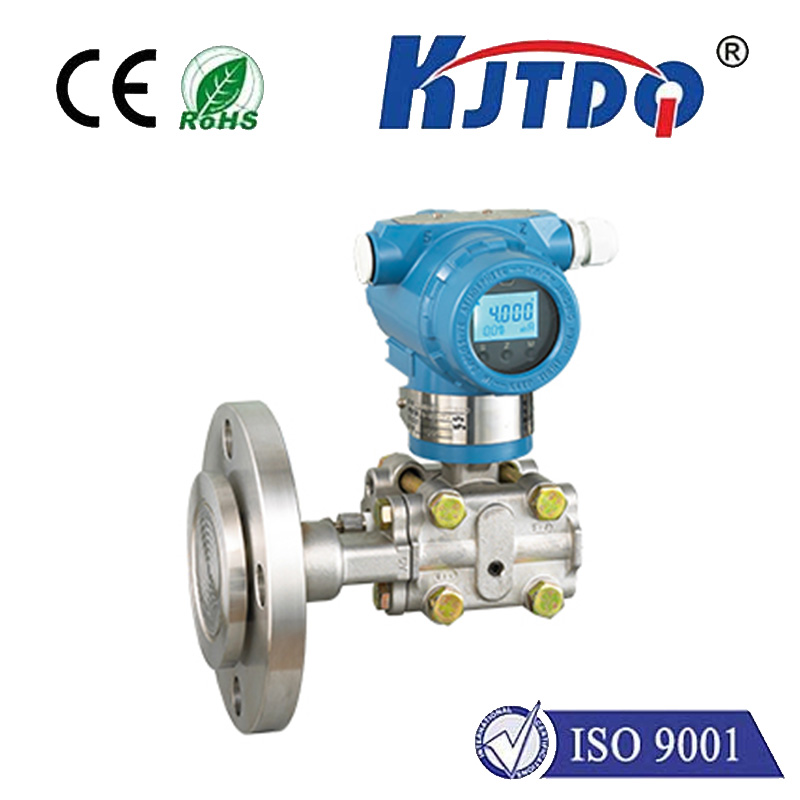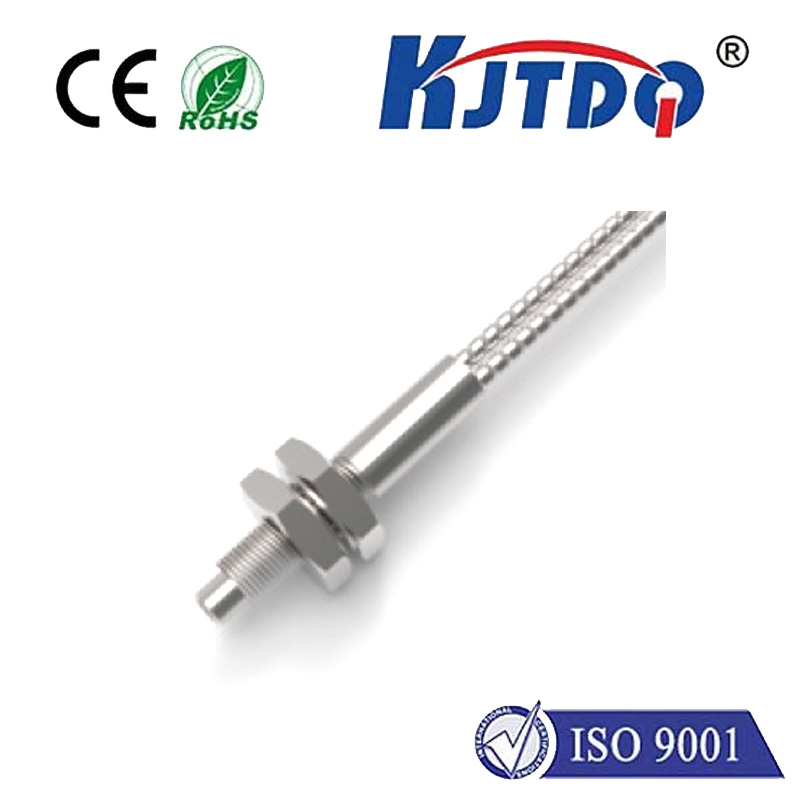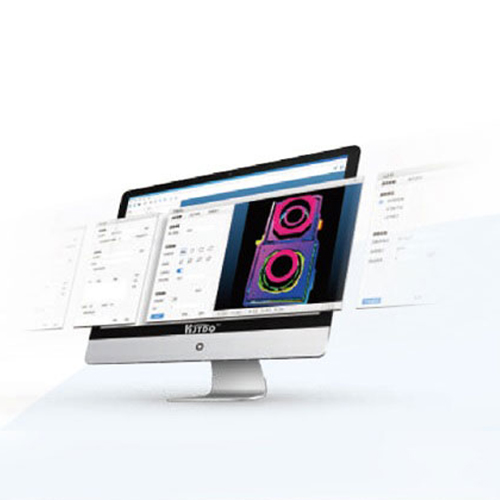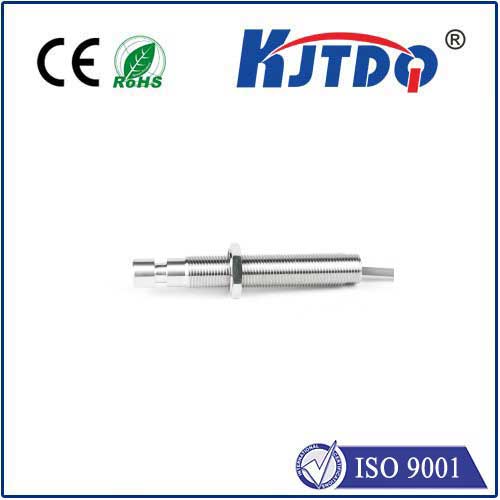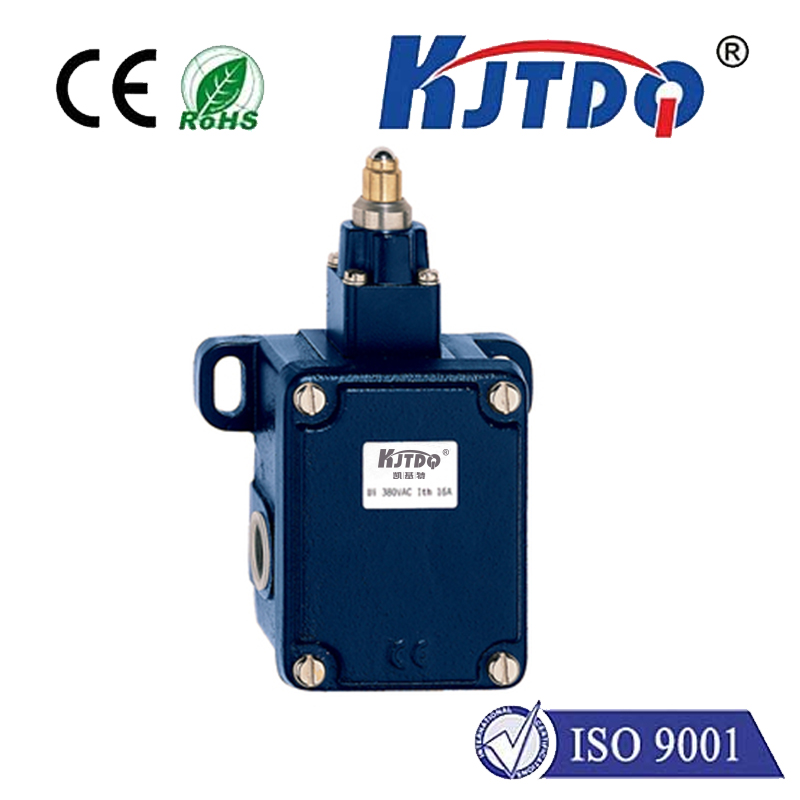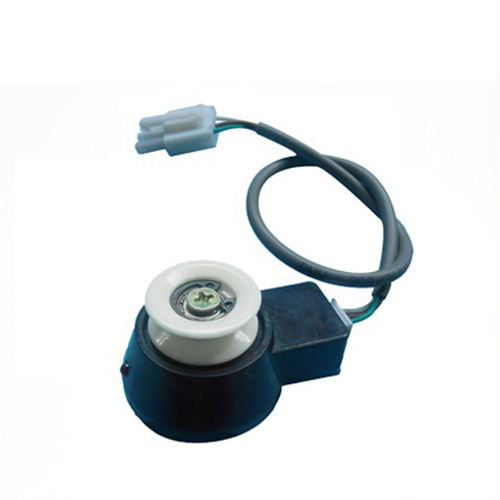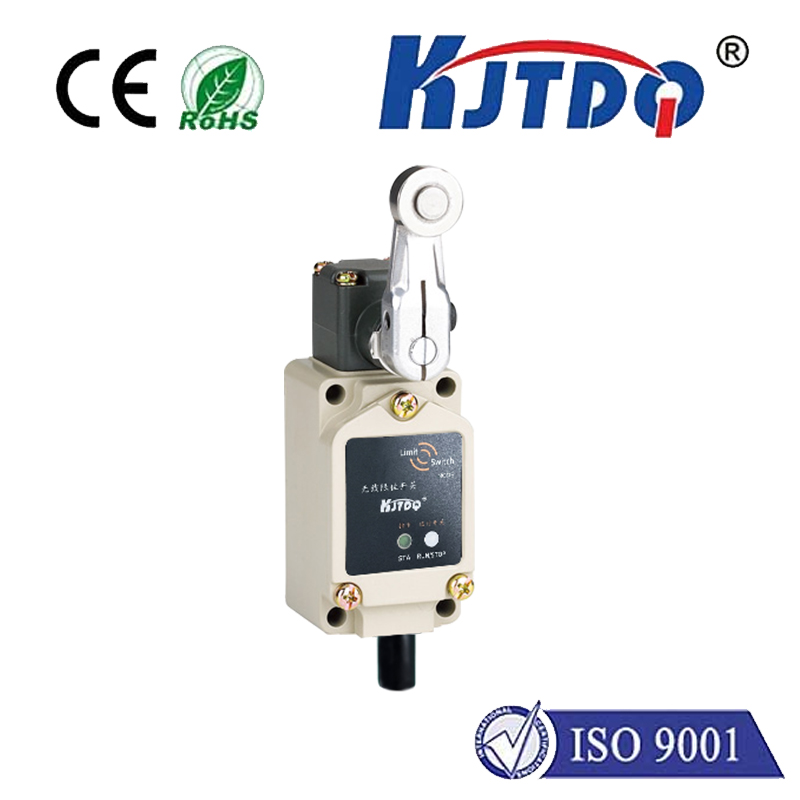pnp proximity sensor price
- time:2025-06-20 03:05:31
- Click:0
PNP Proximity Sensor Pricing: Understanding Cost Factors for Smart Procurement
Ever stopped to think about the silent sentinels ensuring your automated production line hums flawlessly? PNP proximity sensors are those unsung heroes. Detecting the presence or absence of metallic objects without physical contact, they are fundamental components in countless industrial and commercial applications. When the time comes to source them, understanding the factors influencing PNP proximity sensor price becomes critical. It’s not just about finding the cheapest option; it’s about finding the best value for your specific needs.
What Exactly is a PNP Proximity Sensor?
Let’s clarify the basics. A proximity sensor detects nearby objects. “PNP” refers to the type of output transistor used. In simple terms:
- Sourcing Output: In a PNP configuration, the sensor acts like a switch connecting the positive supply voltage to the load when an object is detected.
- Voltage Compatibility: PNP sensors are typically used with positive logic control systems (like many PLCs) requiring this sourcing behavior.
They are distinct from NPN sensors (which sink current to ground). Choosing the right type is essential for compatibility with your control system.

Why PNP Proximity Sensor Prices Vary So Widely
You might search for PNP proximity sensor price and find listings ranging from a few dollars to well over a hundred. This significant disparity isn’t arbitrary; it reflects tangible differences in capability, durability, and application suitability. Key factors include:
- Sensing Range: Generally, longer sensing distances require more sophisticated electronics and potentially larger sensor heads, increasing manufacturing costs. A sensor with a 2mm range will likely be cheaper than one rated for 15mm.
- Sensor Head Style & Size: Shielded (flush-mountable) sensors tend to be slightly more expensive than unshielded (non-flush) types due to their internal design allowing installation close to metal mounting surfaces. Miniature sensors often carry a premium due to manufacturing complexity.
- Sensing Technology: While inductive sensors dominate for metal detection, within this category, differences exist. Standard inductive sensors are generally the most cost-effective. More specialized types, like those optimized for non-ferrous metals or featuring analog outputs (instead of simple on/off), command higher PNP sensor prices.
- Material and Build Quality: The housing and sensing face material significantly impacts durability and cost. Economical sensors often use nylon housings. Industrial-grade sensors feature robust nickel-plated brass or stainless steel housings, offering superior resistance to corrosion, impact, chemicals, and welding spatter – reflected in a higher proximity sensor cost.
- Protection Rating (IP Rating): This is crucial for longevity. Sensors designed for harsh environments with high IP67 (dust-tight and water immersion resistant) or IP69K (resists high-pressure, high-temperature washdowns) ratings involve better sealing techniques and materials, contributing to a higher PNP sensor price.
- Output Configuration: Beyond PNP vs. NPN:
- NO (Normally Open) vs NC (Normally Closed): Minor price difference, usually negligible.
- Output Chip Type: Standard transistors are cheaper than specialized circuits offering features like short-circuit protection or diagnostics.
- Number of Outputs: Sensors with multiple outputs (e.g., one NO and one NC) cost more.
- Voltage Range: Sensors supporting a very wide input voltage range (e.g., 10-30V DC) can be more complex internally than those designed for a narrow range (e.g., 20-30V DC), potentially increasing cost.
- Switching Frequency (Speed): Sensors capable of very high switching speeds (detecting objects moving extremely fast) often require more advanced and expensive electronic components.
- Duty Cycle & Temperature Range: Sensors engineered for continuous operation in extreme high-temperature environments (e.g., near furnaces) or ultra-low temperatures necessitate special materials and components, impacting the industrial sensor price substantially.
- Certifications & Approvals: Sensors needing specific safety certifications for use in hazardous areas (ATEX, IECEx), medical devices, food processing (FDA, EC1935), or other regulated industries undergo rigorous testing and documentation, significantly adding to the overall PNP proximity sensor price.
- Brand Reputation & Support: Established brands with proven reliability, extensive warranties, and readily available technical support often command a premium compared to generic or lesser-known brands. The cost of sensor failure (downtime, troubleshooting, replacement) can far outweigh the initial sensor purchase price.
Estimated PNP Proximity Sensor Price Ranges
While specific PNP proximity sensor prices fluctuate based on market conditions and suppliers, here’s a general idea based on standard inductive models:
| Feature Set |
Approximate Price Range (USD) |
Typical Use Case |
| Basic Economy |
\(5 - \)15 |
Light-duty, low-risk applications, dry/clean environments |
| Standard Industrial Grade |
\(15 - \)50 |
Most common factory automation tasks, moderate environments |
| Enhanced Performance/Rugged |
\(50 - \)150+ |
Harsh environments (chemicals, washdown, extreme temps), long-range detection, specialized metals |
| Specialized (Safety, Analog) |
\(100 - \)300+ |
Hazardous locations, critical safety functions, precise position feedback |
Note: Prices are for individual sensors. Bulk purchases may offer discounts.
Smart Strategies for Navigating PNP Sensor Costs
Armed with an understanding of the influencing factors, you can approach PNP proximity sensor price comparisons strategically:
- Precisely Define Your Requirements: Don’t over-spec! What is the minimum sensing distance needed? What is the actual environmental exposure? What voltage and output type does your system require? Over-engineering needlessly inflates proximity sensor cost.
- Consider Total Cost of Ownership (TCO): Factor in potential downtime costs, ease of installation, and expected lifespan. A slightly higher PNP sensor price upfront can save significantly over time if it prevents failures in critical locations.
- Compare Like with Like: Ensure specifications (sensing range, IP rating, materials, certifications) match when comparing prices across brands or suppliers. Brand A’s \(20 sensor might lack the IP67 rating of Brand B's \)25 sensor.
- Evaluate Supplier Reliability: Consider lead times, warranty terms, and technical support availability. A cheap sensor becomes expensive if it arrives late or fails without support.
- Explore Tiered Options: Many manufacturers offer ranges (e.g., economy, standard, heavy-duty). Identify the tier that meets your functional and durability requirements without extras you don’t need.
Beyond Just the Sensor Price Tag
Remember, the PNP proximity sensor price is only part of the equation. Factor in:
- Installation Cost: Time, labor, mounting hardware, and cabling required.
- Maintenance Cost: Easier-to-install or self-diagnostic sensors can reduce future costs.
- Integration Effort: Compatibility avoids costly control system rework.
Understanding the why behind PNP proximity sensor price variations empowers you to






